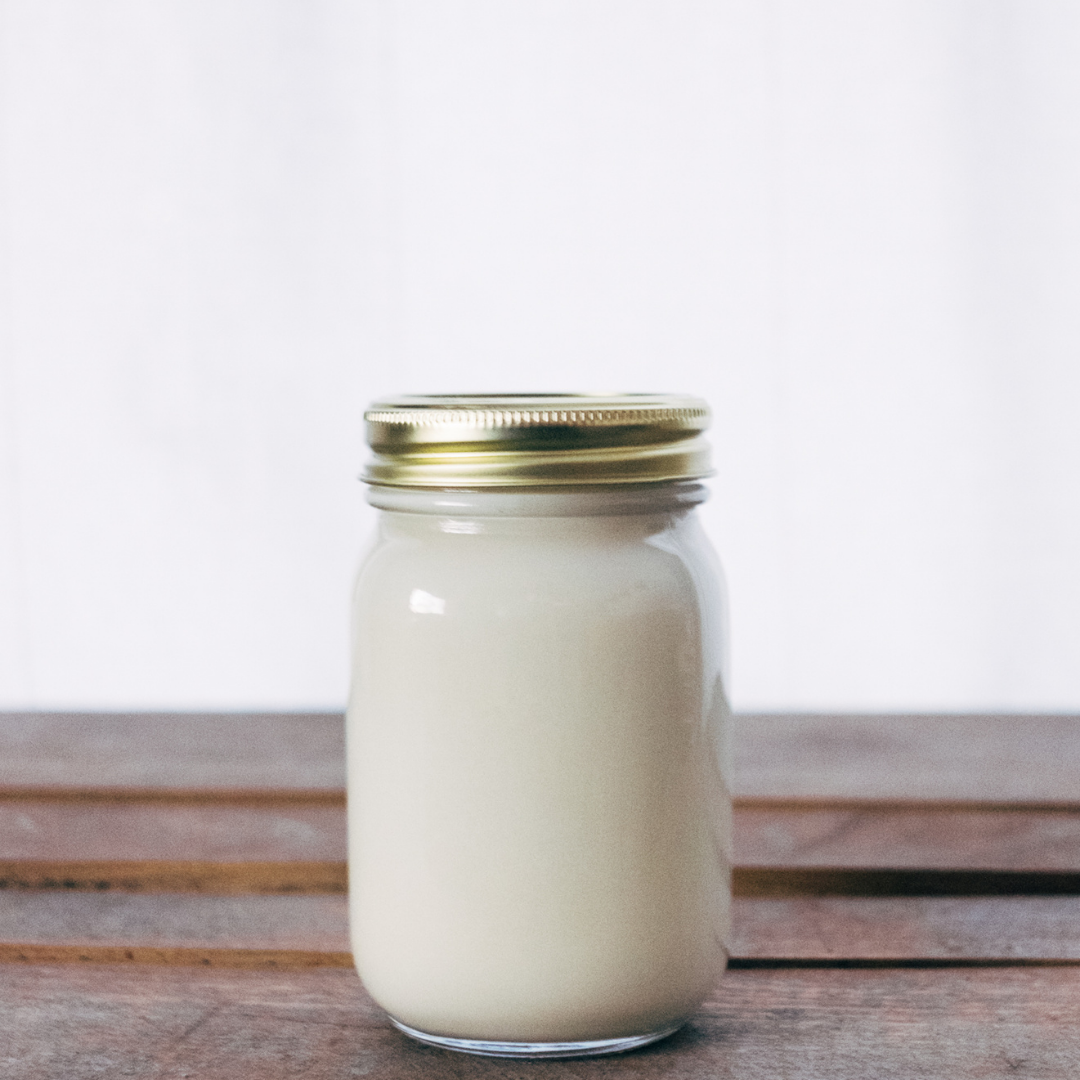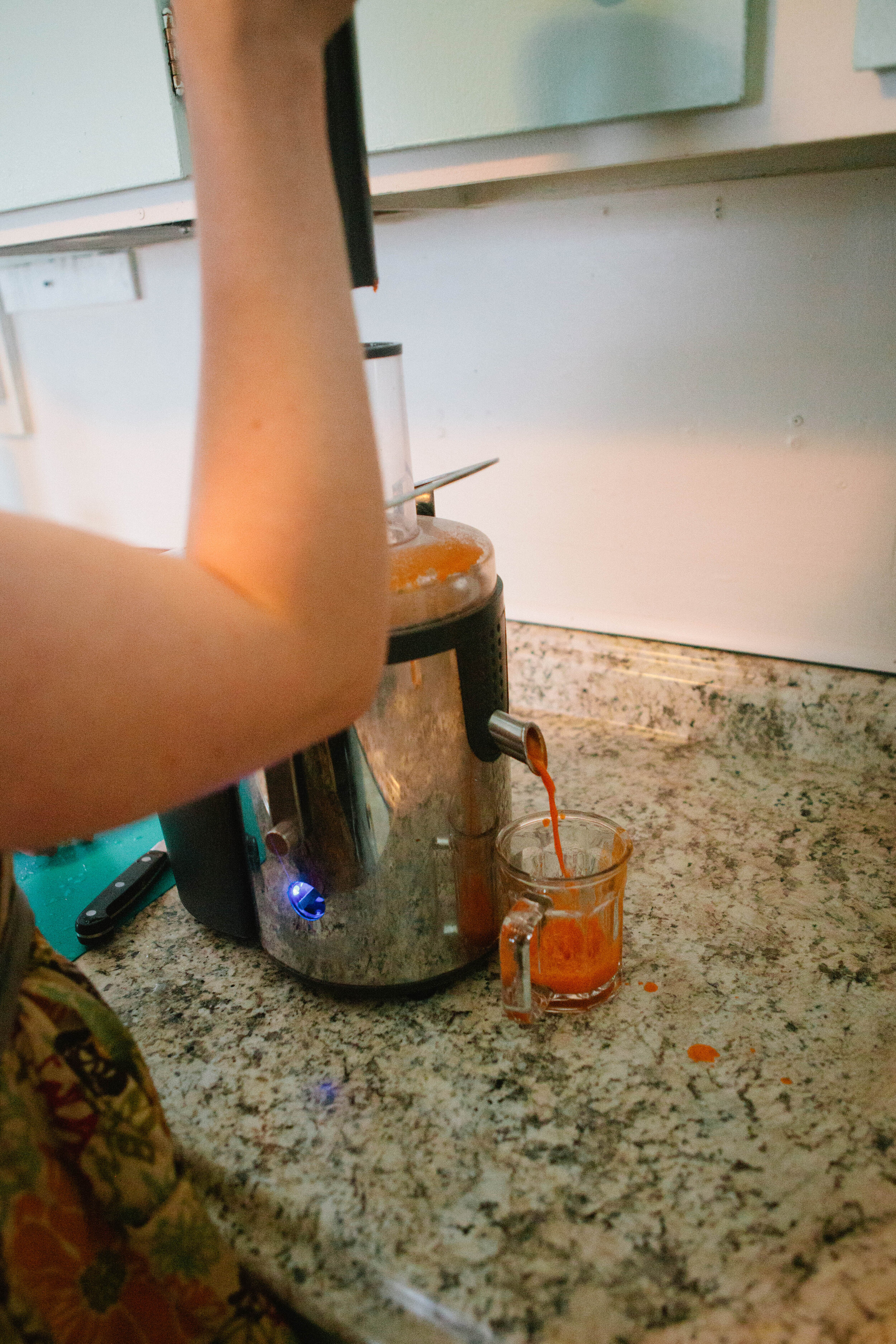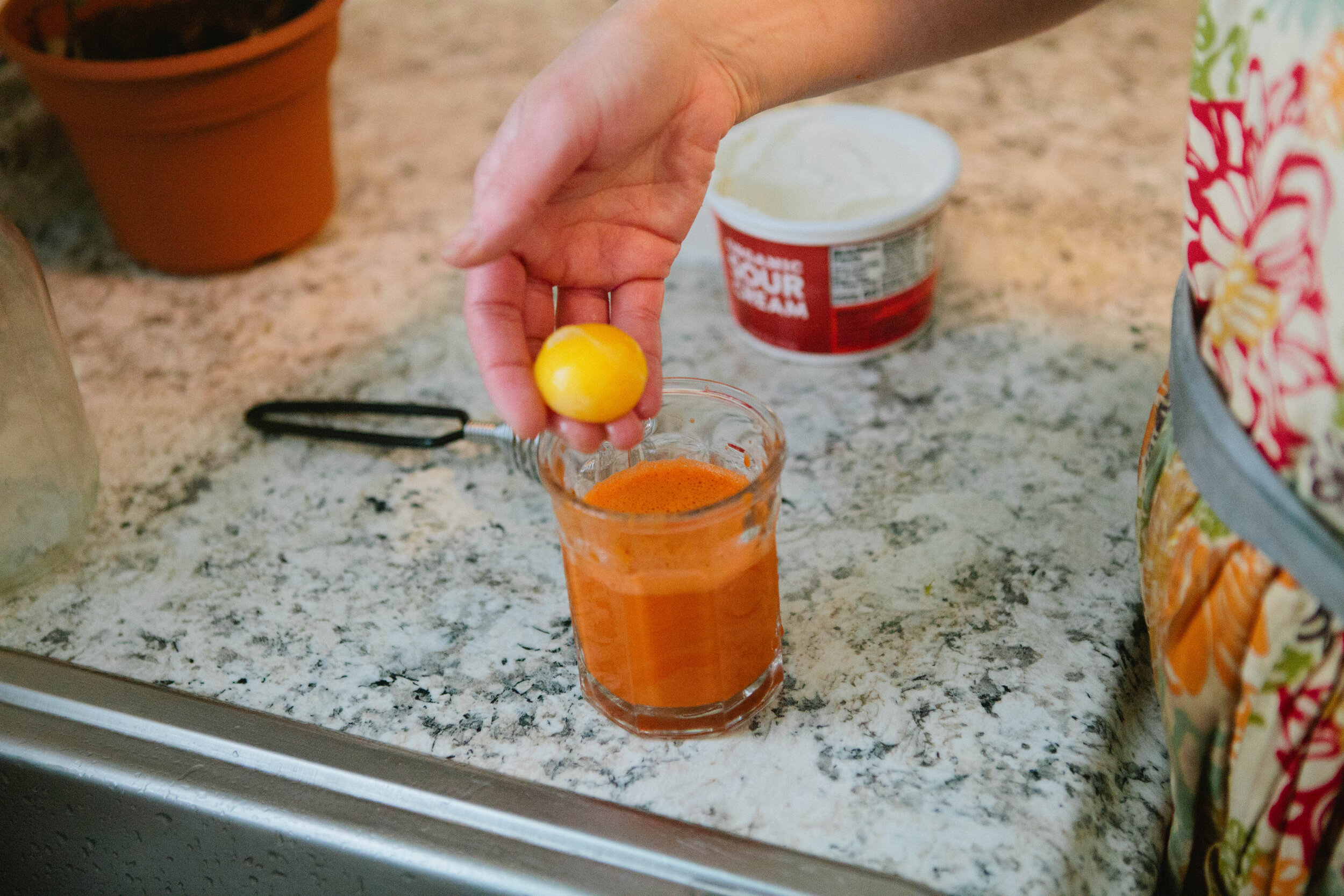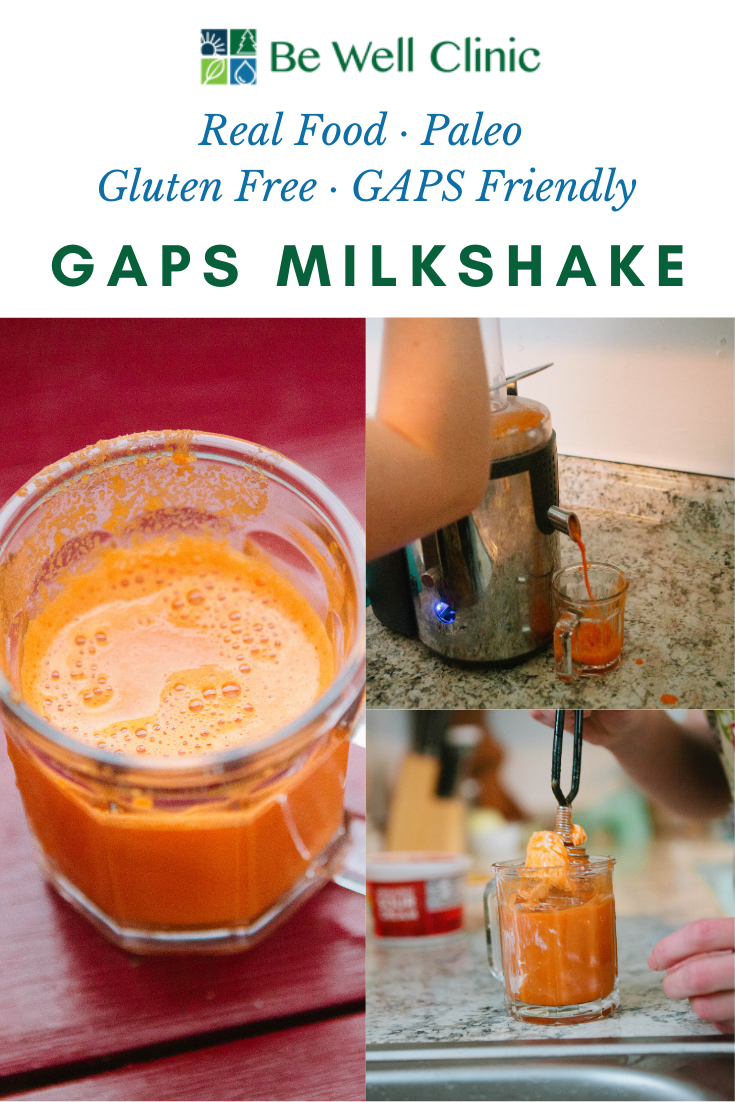I love apples! I think they’re one of the easiest things to preserve. If you are trying to eat in season and preserve your own food, apples are a great way to start! (Check out our other recipes using apples!)
My dad is the best at stopping to ask people if they are going to use their apples. I have so many memories of spending hours with him in the evening drying apples and making applesauce. Every evening when he brings them home, he will spend hours making applesauce and getting them in a dehydrator.
For a long time my parents gave up making dried apples because my siblings and I would open up the dehydrator before the apples were ready and eat them.
You can use any variety of apples to do these. Some apples will end up sweeter than others but when you dry them, it doesn’t really matter much as we don’t generally eat dried apples for sweetness, only for crunch. I like to use firm apples only for dried apples. If you have any apples that are older or softer, you can turn them into apple sauce!
I have an antique apple corer & slicer that I love to use and that makes this process so much faster. You can also manually peel, core or slice them using a knife or a mandolin but that takes longer.
Any dehydrator will do for this recipe! I’ve been using this one recently but have to keep a close eye on the temperature. You can also make them in the oven but you must keep a close eye on them. Use the lowest temperature setting. It takes about 2-4 hours depending on how crunchy you want them. Err on the side of caution when checking dryness levels. They will continue to dry when you take them out of the oven as they cool so if you dry them too much in the oven, you’ll end up with an apple that is too dry.
When I process large amounts of apples, I always think about making apple cider vinegar! Save your peels and cores (but not any rotting or bruised parts) to make your own apple cider vinegar.
These dried apples should keep for a few months if you manage proper moisture control on them but we always ate them much faster!
P.s> Raw apples are stage 6 on the GAPS Diet. Dried fruit counts as raw fruit.
Ingredients for Dried Apples:
Apples: Peeled, Cored & Sliced
Lemons
Filtered Water
Essential Oils (Optional)
Cinnamon (Optional)
Dehydrator
Directions for Dried Apples:
Fill a bowl with filtered water and lemon juice. You can also add some drops of essential oils if you’d like. On Guard is pretty delicious! Lemon essential oil will not work to keep the apples from turning brown; it is the acid in the lemon that does that.
Rinse your apples & start to peel and core them. As they come off the machine, add them to the bowl with lemon juice and water.
Set the peels and cores aside to use to make your own Apple Cider Vinegar.
Once you have the amount of apples that you want to dry, lay them out in single layers on dehydrator racks or on a pan. You can top them with cinnamon if you’d like.
Allow the apples to dry in a dehydrator for 5 to 6 hours.
Enjoy!
Ingredients
- Apples: Peeled, Cored & Sliced
- Lemons
- Filtered Water
- Essential Oils (Optional)
- Cinnamon (Optional)
- Dehydrator
Instructions
- Fill a bowl with filtered water and lemon juice. You can also add some drops of essential oils if you’d like. On Guard is pretty delicious! Lemon essential oil will not work to keep the apples from turning brown; it is the acid in the lemon that does that.
- Rinse your apples & start to peel and core them. As they come off the machine, add them to the bowl with lemon juice and water.
- Set the peels and cores aside to use to make your own Apple Cider Vinegar.
- Once you have the amount of apples that you want to dry, lay them out in single layers on dehydrator racks or on a pan. You can top them with cinnamon if you’d like.
- Allow the apples to dry in a dehydrator for 5 hours.


















